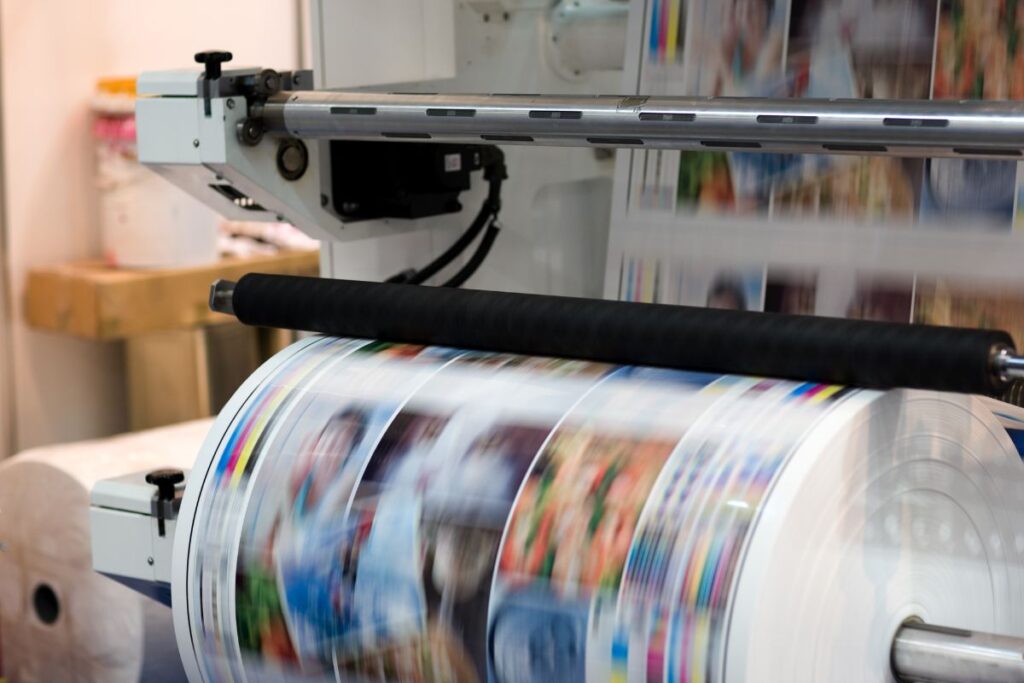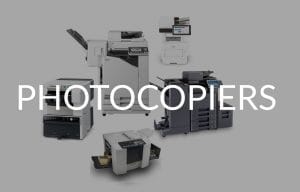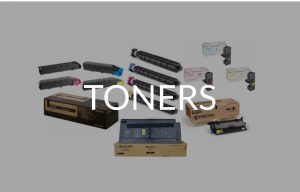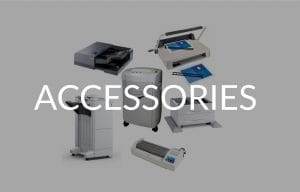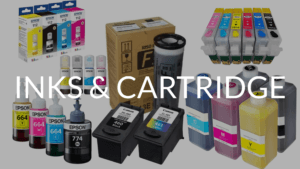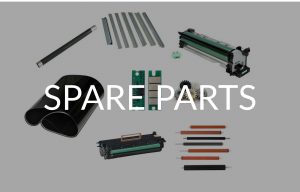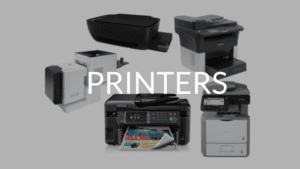Introduction
Printing technology has changed dramatically over the centuries, and printing technology has changed from mechanical printing to fully automated printing. In the industrial context, these advancements have changed how companies accomplish printing, which helps create quality prints at relatively low costs.
As this article aims to analyze how the development of printing technology has emerged mainly in the industrial field, it also seeks to consider the different technologies, such as the SMPS power supply, as a part of its evolution process.
The Early Days: Manual Printing
The history of printing can be traced back to the early ages; for instance, the Chinese used the woodblock method in about 200 CE. These techniques were far from efficient and required an enormous amount of time to perform; thus, they hindered mass production. However, in the 15th century, Johannes Gutenberg’s invention of movable type printing made a turnaround.
This required less time to produce books and documents, thus creating a basis for introducing the act of actual printing as industrial.
The Industrial Revolution: Mechanization of Printing
Significant advancements were observed and experienced during the Industrial Revolution, which took place in the 18th and 19th centuries. The steam-powered printing press later in the early 1800s boosted productivity significantly. More advanced machine improvements are the rotary press and the offset lithography, which enabled speed and efficiency.
These innovations allow industries to churn out large quantities of newspapers, advertisements, and packaging materials to feed an industrial culture.
20th Century: Digital Printing Revolution
Digital printing was adopted in the 20th century and greatly revolutionized the market due to its accuracy and speed. In many cases, technologies such as laser and inkjet printing supplemented the traditional offset printing technique. These methods were quicker and more flexible, essential in areas such as advertising that rely on differentiation or product branding.
During this period, power efficiency was considered an issue since printing machines became increasingly complex. Sophisticated power control technologies like the SMPS mentioned above (Switched-Mode Power Supply) were effectively integrated into the machines to enhance performance. Besides, SMPS systems differ from non-linear power supplies in that they efficiently transform electrical power, thereby consuming less energy and generating less heat. This advancement was crucial for operating challenging equipment like high-speed digital printers in commercial environments.

Implementation of SMPS Power Supply in Printing Devices
The SMPS power supply is the most revolutionary invention in modern printing technology. It provides stable and reliable power delivery necessary to maintain the consistent performance of digital and 3D printers. Today, many printing devices have several parts that must function together, including control panels, heaters, and motors. SMPS systems maintain these components by offering an unvaried power output that is not dissipative of energy.
For example, in industrial inkjet printers, SMPS controls the voltage needed to propel the ink droplets through the nozzles accurately. In turn, laser printers incorporate laser and fuser units and ensure they are adequately powered, producing good-quality images on the prints. This integration also improves production capacity and decreases operational costs, which is why it is an imperative feature in industrial printing equipment.

3D Printing: The Latest Frontier
3D printing is a new improvement in industrial printing technology. In contrast to conventional print products formed in two-dimensional space, 3D printing assembles objects from layers. It has been adopted in various fields, such as manufacturing, health care, aerospace, and so on.
The SMPS power supply is just as crucial to 3D printing. These machines must have power control to switch heating elements, stepper motors, and control systems on and off. The technological characteristics of SMPS systems make these processes efficient, minimizing energy losses and preventing interruptions in operations.
As for the future of industrial printing, the authors establish a relationship between industrial and innovative printing and propose directions for future research.
Much advancement is expected to be incorporated into industrial printing technologies in the future. Perhaps the most prominent category of change enablers is artificial intelligence (AI) and automation, which are expected to lead to more innovative and flexible printing systems. Moreover, progress in green-designed specifications and energy-efficient technologies remains an ongoing trend in the industry.
At the same time, the SMPS power supply will continue to be enshrined in these advancements as industrial printing equipment becomes more sophisticated. Its characteristic of ensuring steady power with little losses is well aligned with the industry goal of sustainability.
Conclusion
The advancement of printing processes that have reached industrial standards is one example of technological advancements that prove how humans never cease to innovate. Each has extended the boundaries of possibility from the first manual presses used in the past to modern-day digital and even 3D ones.
Engineering solutions, including the SMPS power supply, have played a critical role in advancing modern printing systems, making them more efficient and effective. Progressing to more innovative, greener printing solutions, the advancement of these technologies holds the potential to transform the sector.
Leading suppliers & dealers in photocopiers/printers (New & Refurbished), spares, repair, accessories and office equipment. Photocopying, printing, scanning, book binding and lamination services also offered at the best prices, sales, offers & deals.
CTP provides guaranteed expertise with leading brands such as Kyocera, Sharp, Ricoh, Canon, Konica Minolta, Risograph, Triumph Adler, HP, Epson, Duplo etc.
Learn more:
- Kyocera FS4100/4200/4300 Fuser Unit
- Ricoh MP C2000/2500/2800 Heat Roller
- Kyocera FK-3130 Fuser Unit Kit
- Kyocera M3560/3660/3860 Fuser Unit
- Ricoh AF 1013/1515/120 Pressure Roller
- Canon C-EXV33 Black Toner Cartridge
- Konica Minolta 180/181/184/195 Drum OPC
- Ricoh MP C2003/2011/2503 Fuser Sleeve
- Ricoh SP5200/5210 Drum OPC
- Kyocera KM2810/2820 Pressure Roller
- Ricoh D2024313 Pressure Roller
- Konica Minolta A0EDR72000 / A161R71811 Fuser Film Sleeve
- Ricoh AF 1015/1018/2015/2018 Pressure Roller
- Kyocera FS8020/8025 Pressure Roller
- Konica Minolta C220/280/360 Lower Pressure Roller
- Ricoh Aficio SP5300/5310 Toner Cartridge
- Ricoh Aficio 1200/1250/1270 Heat Roller
- Ricoh AF 2022/2027/2032 Pressure Roller
- Ricoh MP5054/5055/6054/6055 Fuser Sleeve
- Ricoh MP 501/601 Toner Cartridge
